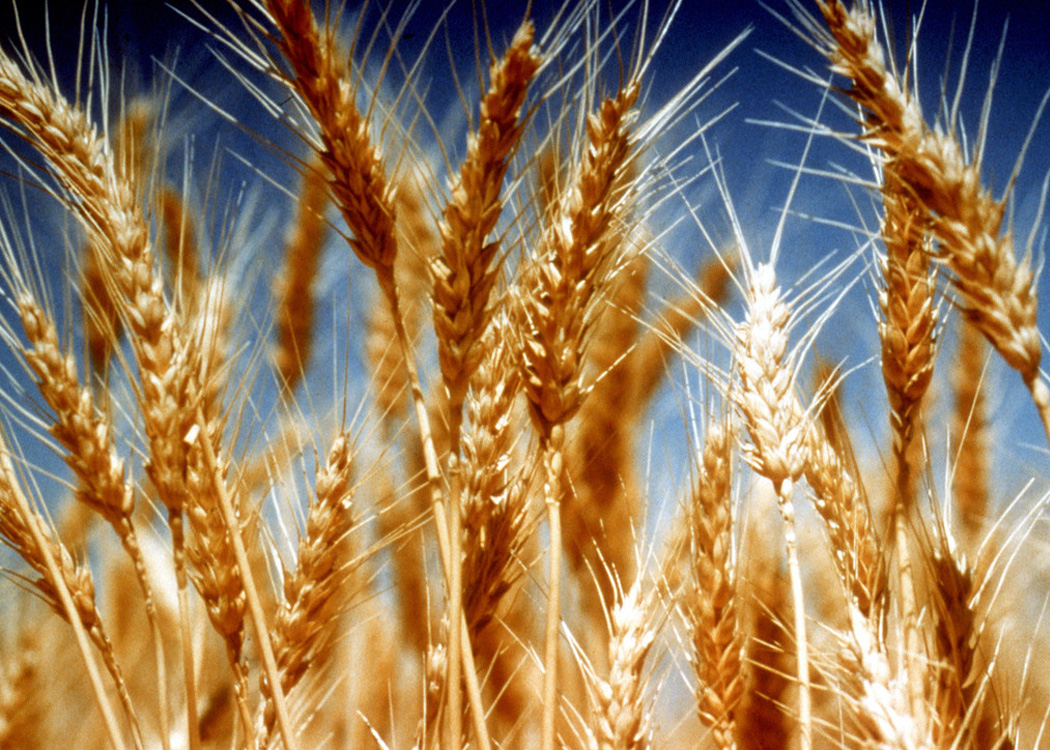MERREDIN, AUSTRALIA: Australian wheat farmers are defying climate change by achieving record yields despite decades of declining rainfall and harsher conditions, according to a detailed Reuters investigation.
Curtis Liebeck, a 32-year-old farmer from Merredin in Western Australia, has doubled his wheat yield since 2015, even though the region now receives nearly 20% less rainfall than three decades ago. In 2023, Liebeck’s farm recorded its lowest rainfall in 50 years but still produced one ton of wheat per hectare. His father, Ken, said that in earlier decades such conditions would have been disastrous, yielding less than half that amount.
Australia has added around 15 million metric tons of wheat annually compared to the 1980s, equivalent to about 7% of global wheat trade. Experts say this success is largely due to a combination of innovations in crop science, soil management, and farming practices, including the widespread adoption of no‑till agriculture, advanced seed breeding, and precision water-use efficiency.
Despite having some of the world’s driest and most nutrient-poor soils — often compared to “beach sand” — Australian farmers have managed to extract more productivity from every drop of water. Researchers from CSIRO and seed developers such as InterGrain have played a critical role in introducing wheat varieties resilient to drought, heat, and poor soils.
Western Australia, the country’s largest wheat-exporting state, has been hardest hit by declining rainfall, with wetter summers and drier winters disrupting traditional cropping cycles. Yet, the relentless pursuit of efficiency and innovation has made Australia one of the world’s top wheat exporters, with lessons now influencing farming practices in other drought-prone regions such as the United States and Canada.
Australia’s agricultural resilience, experts say, highlights how innovation and applied science can help feed a growing global population despite mounting climate challenges.






